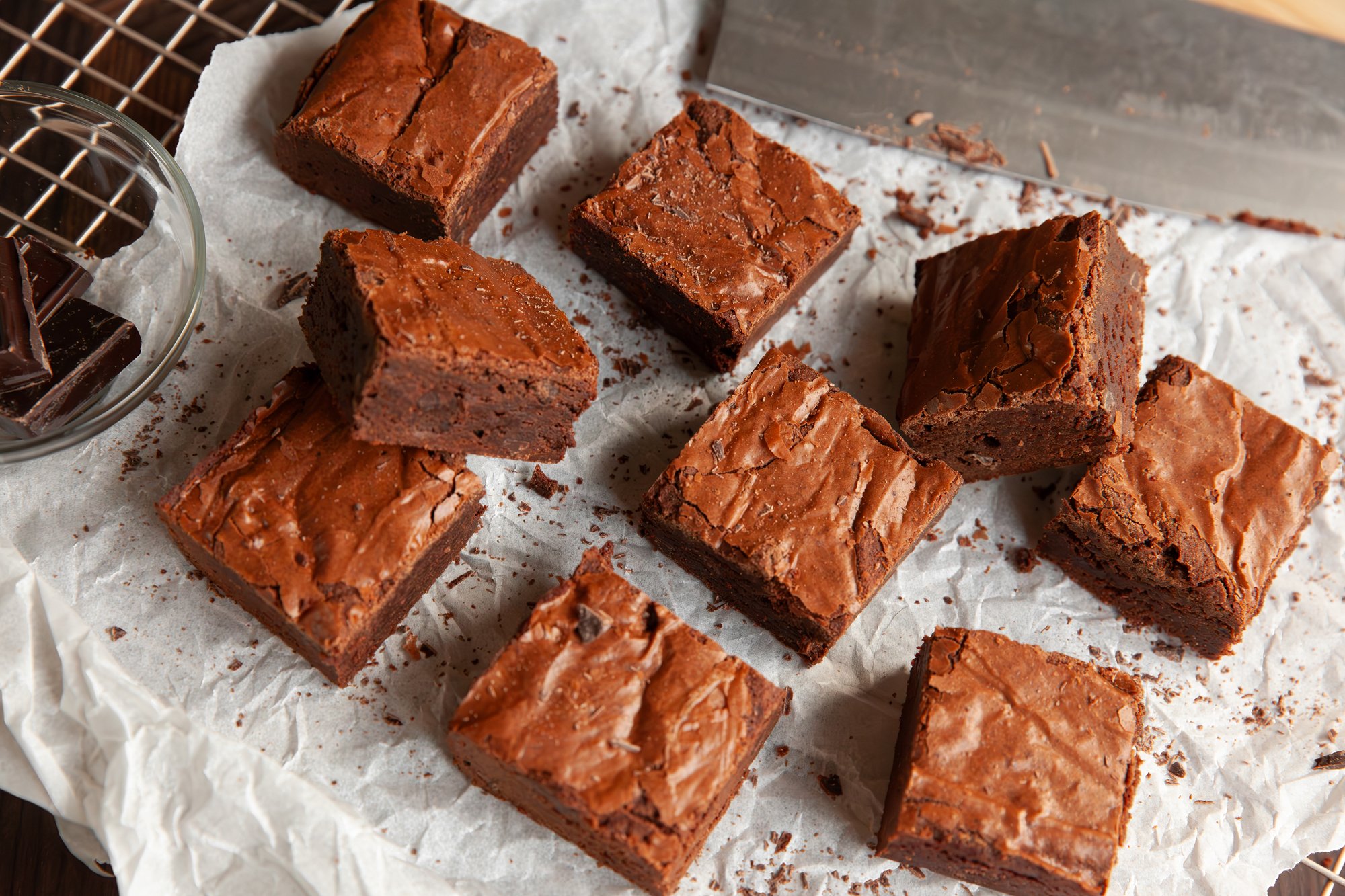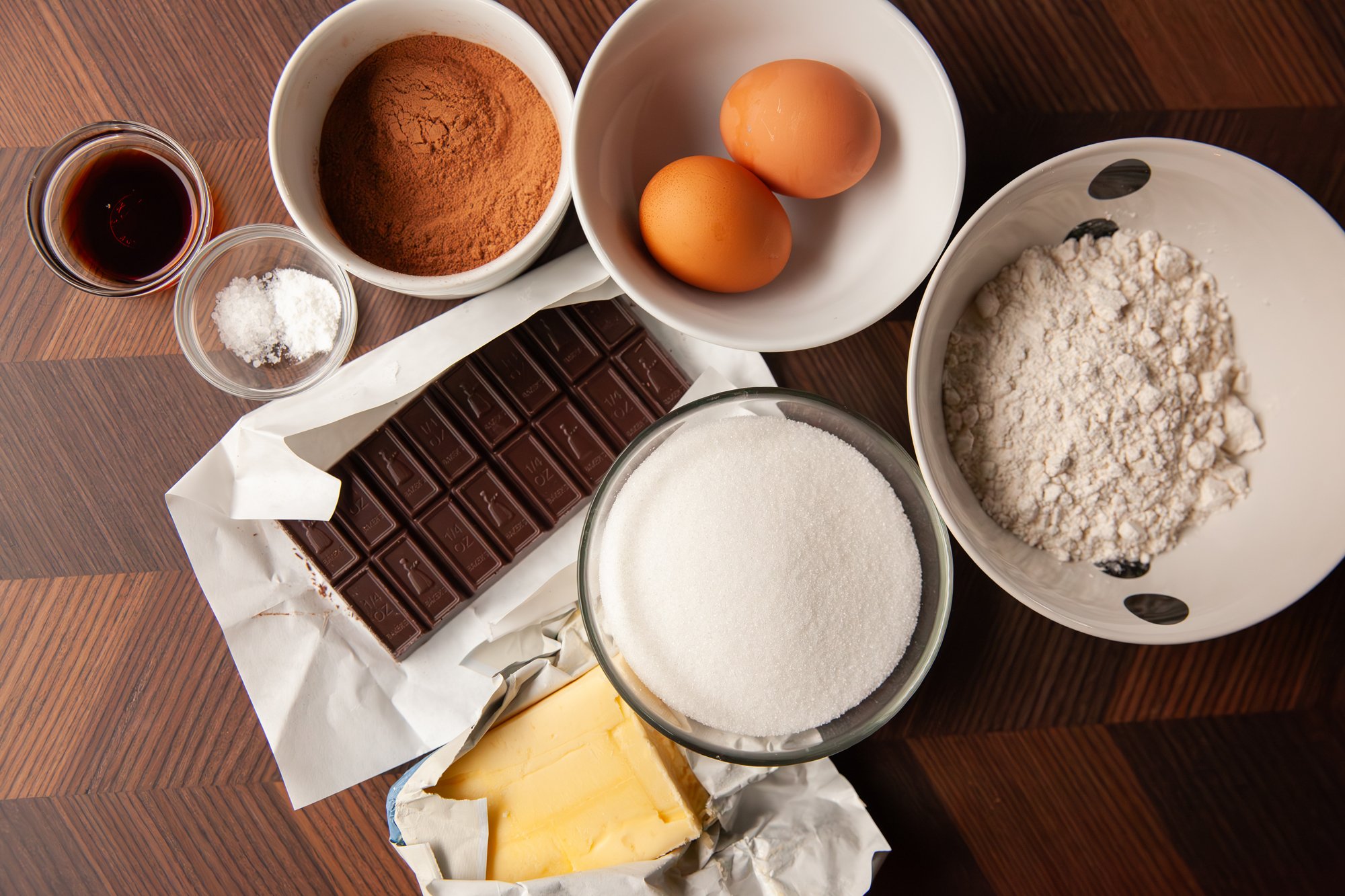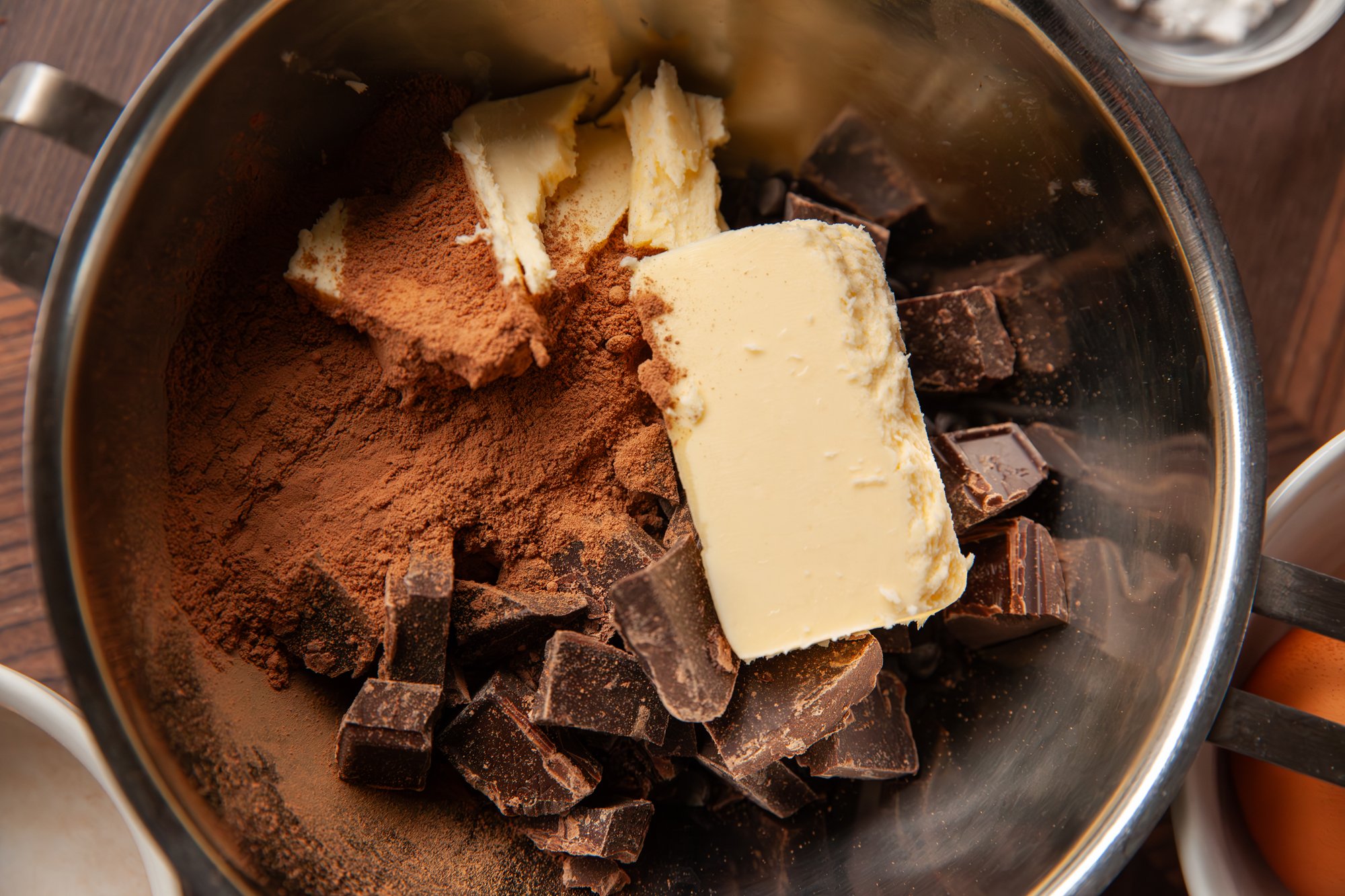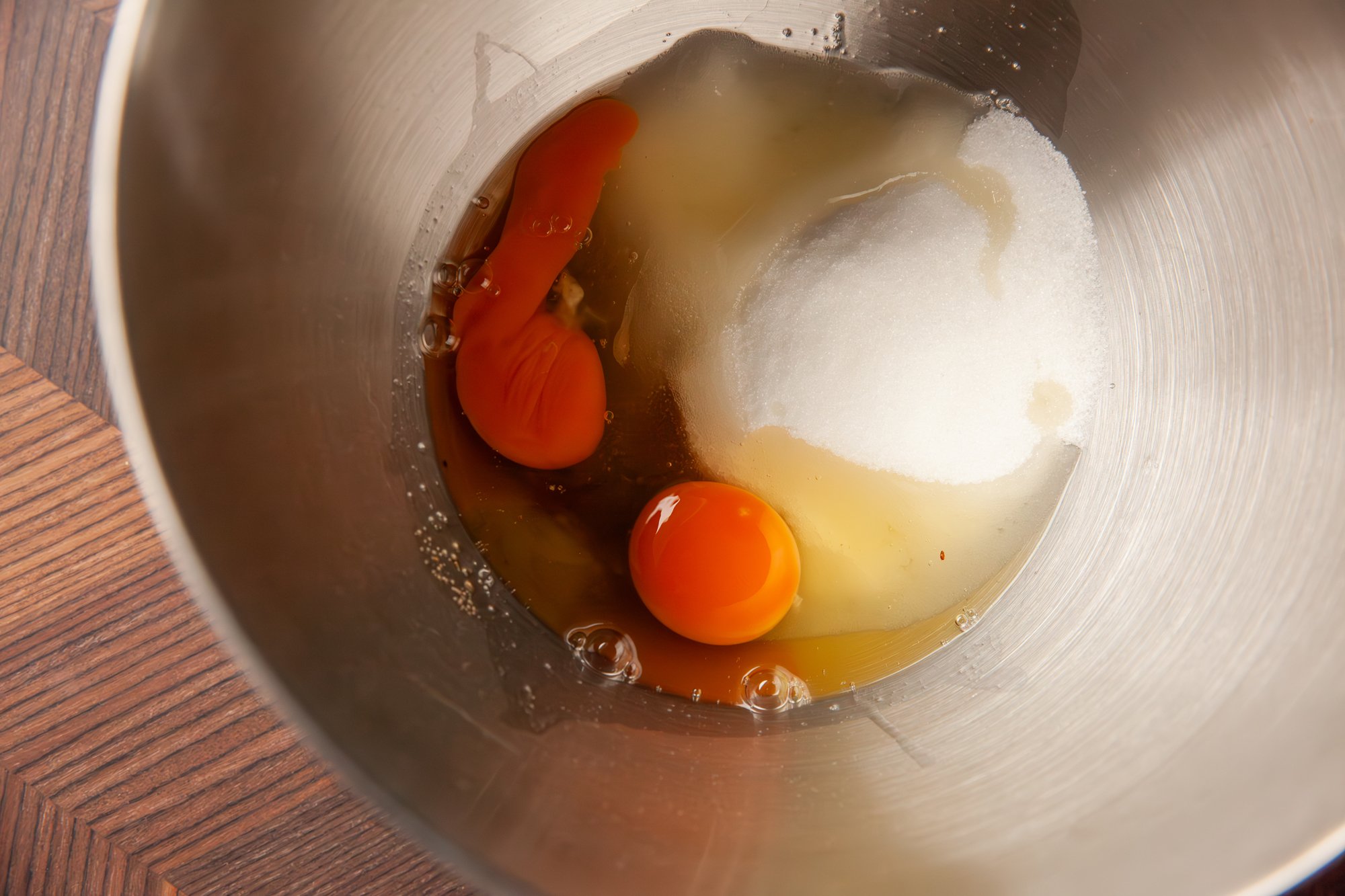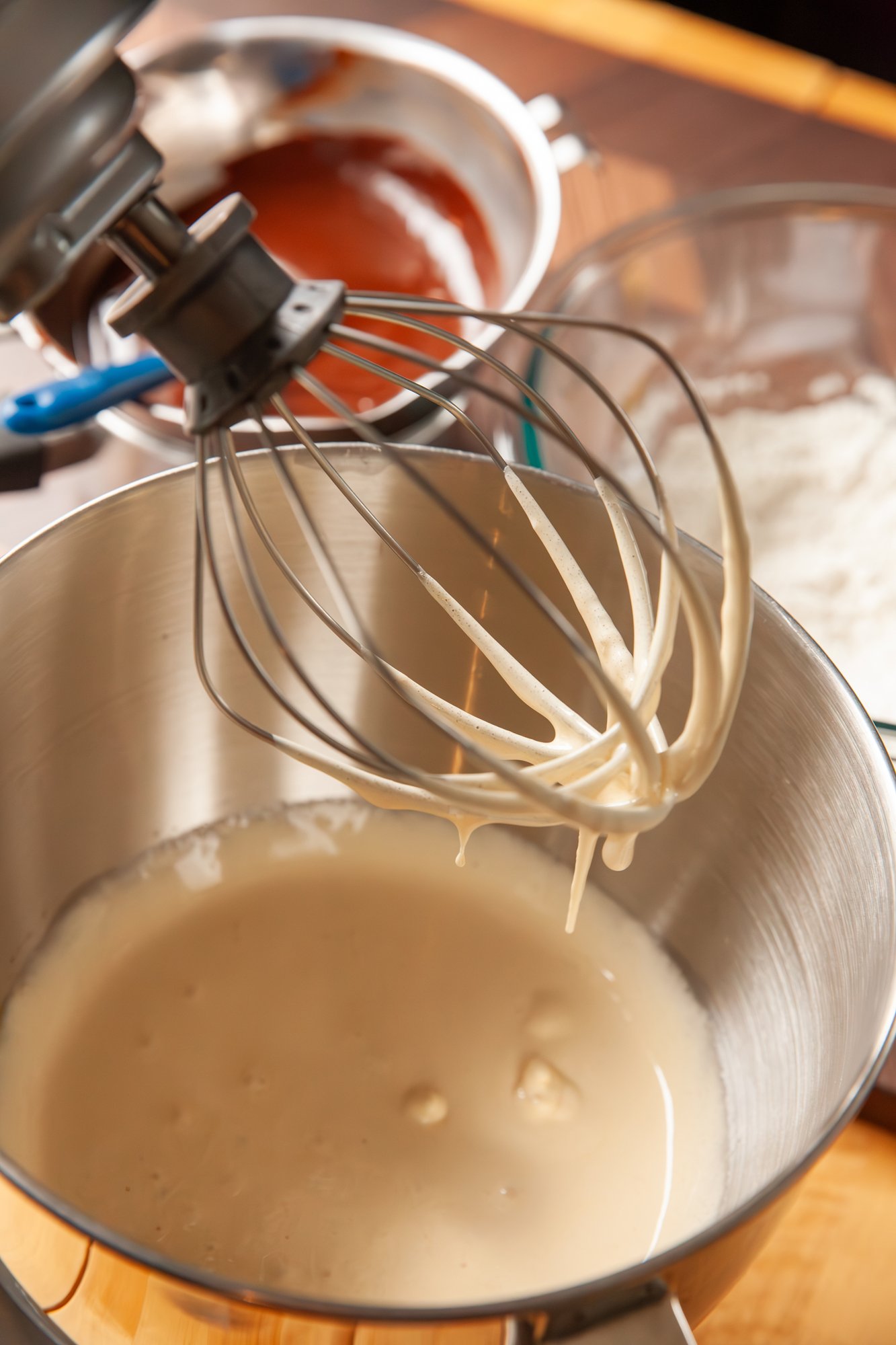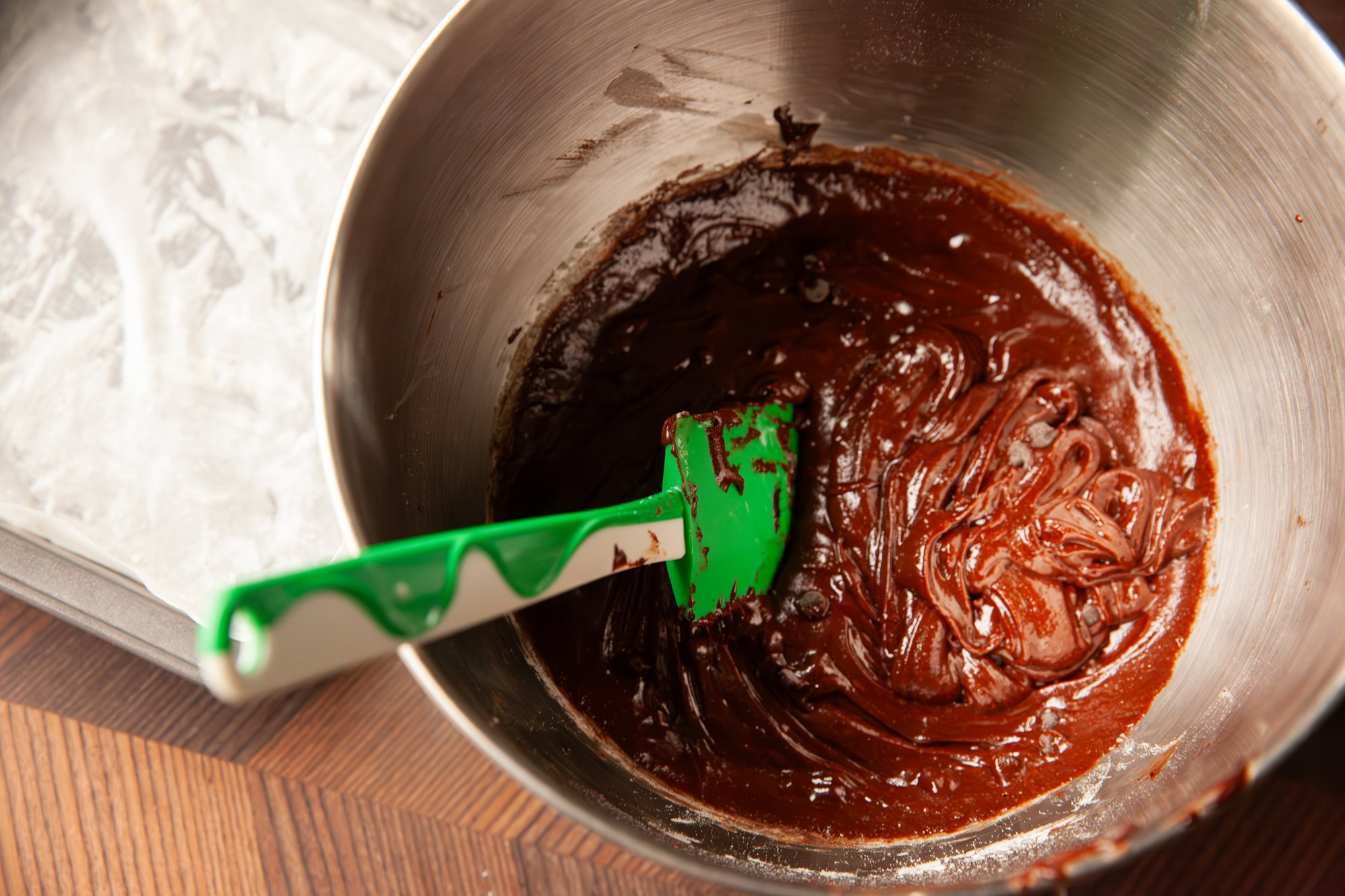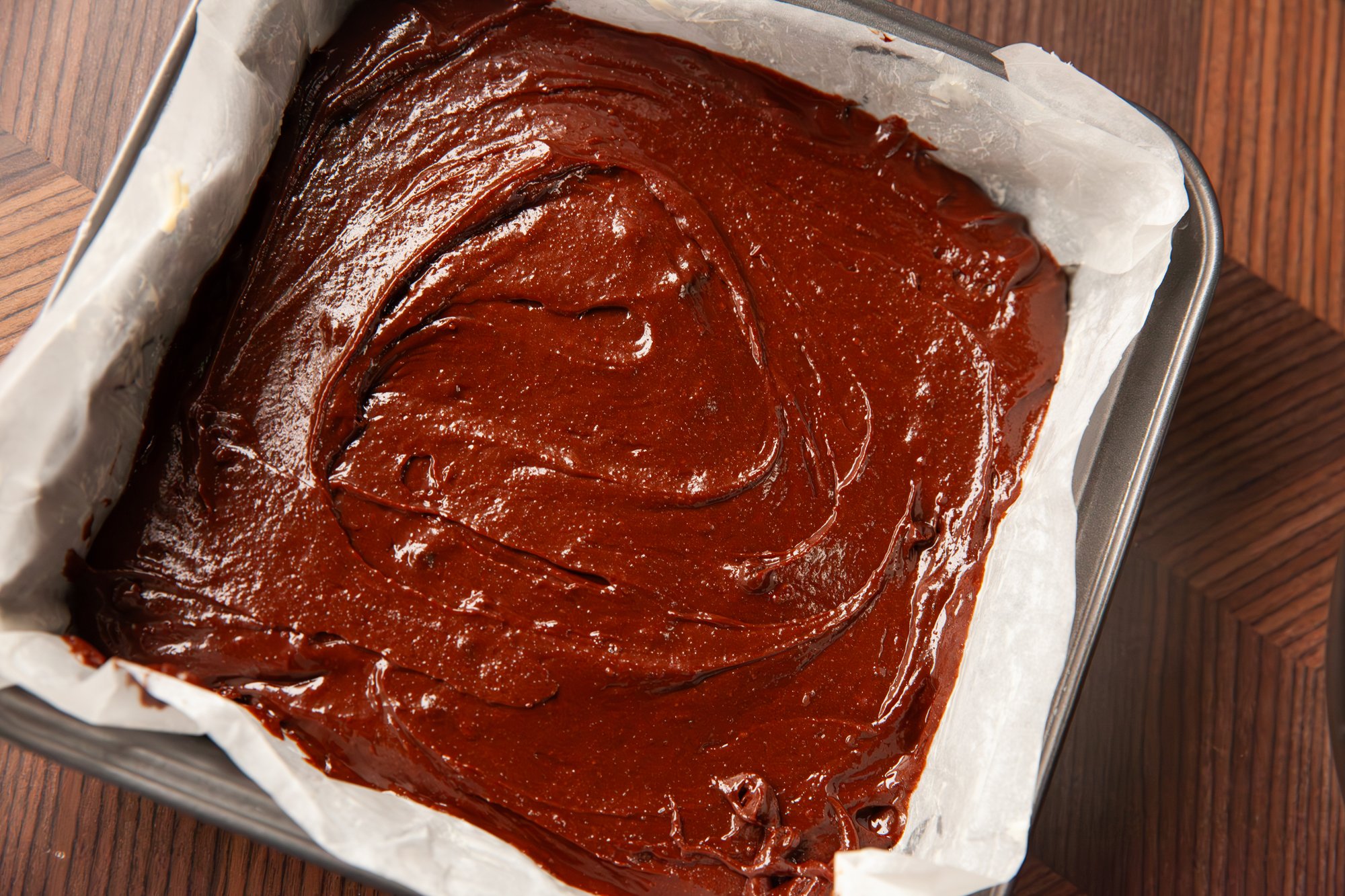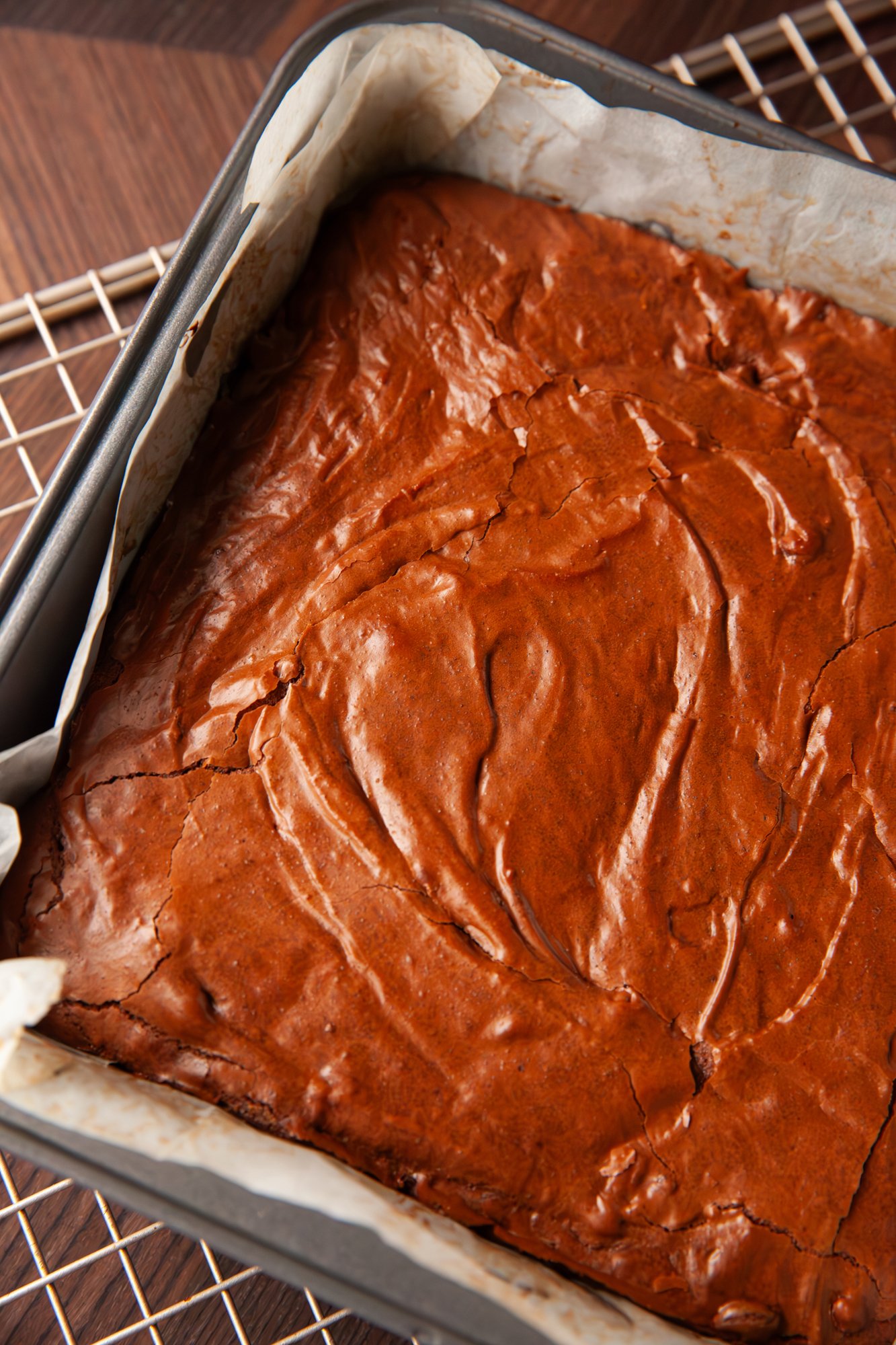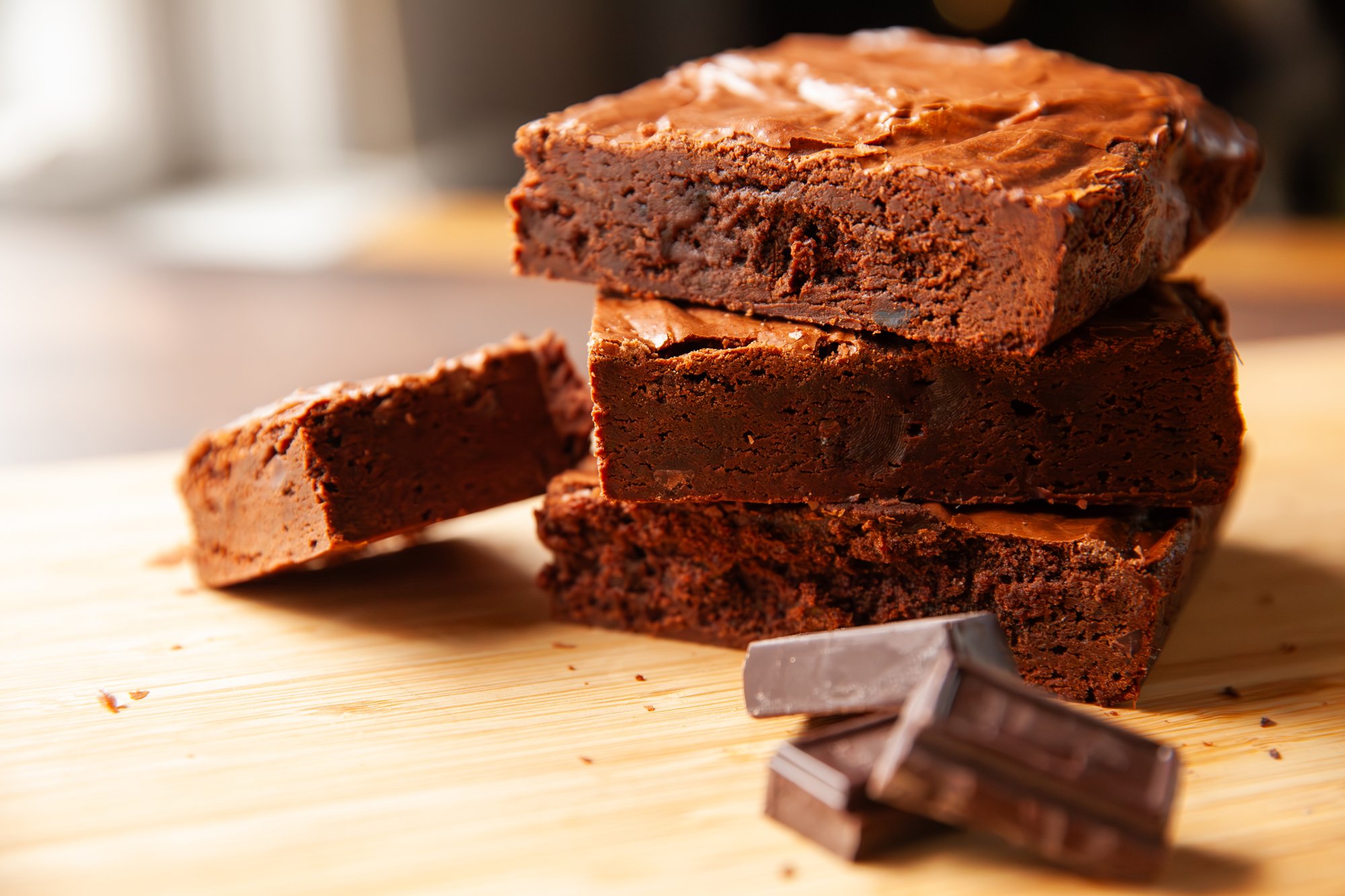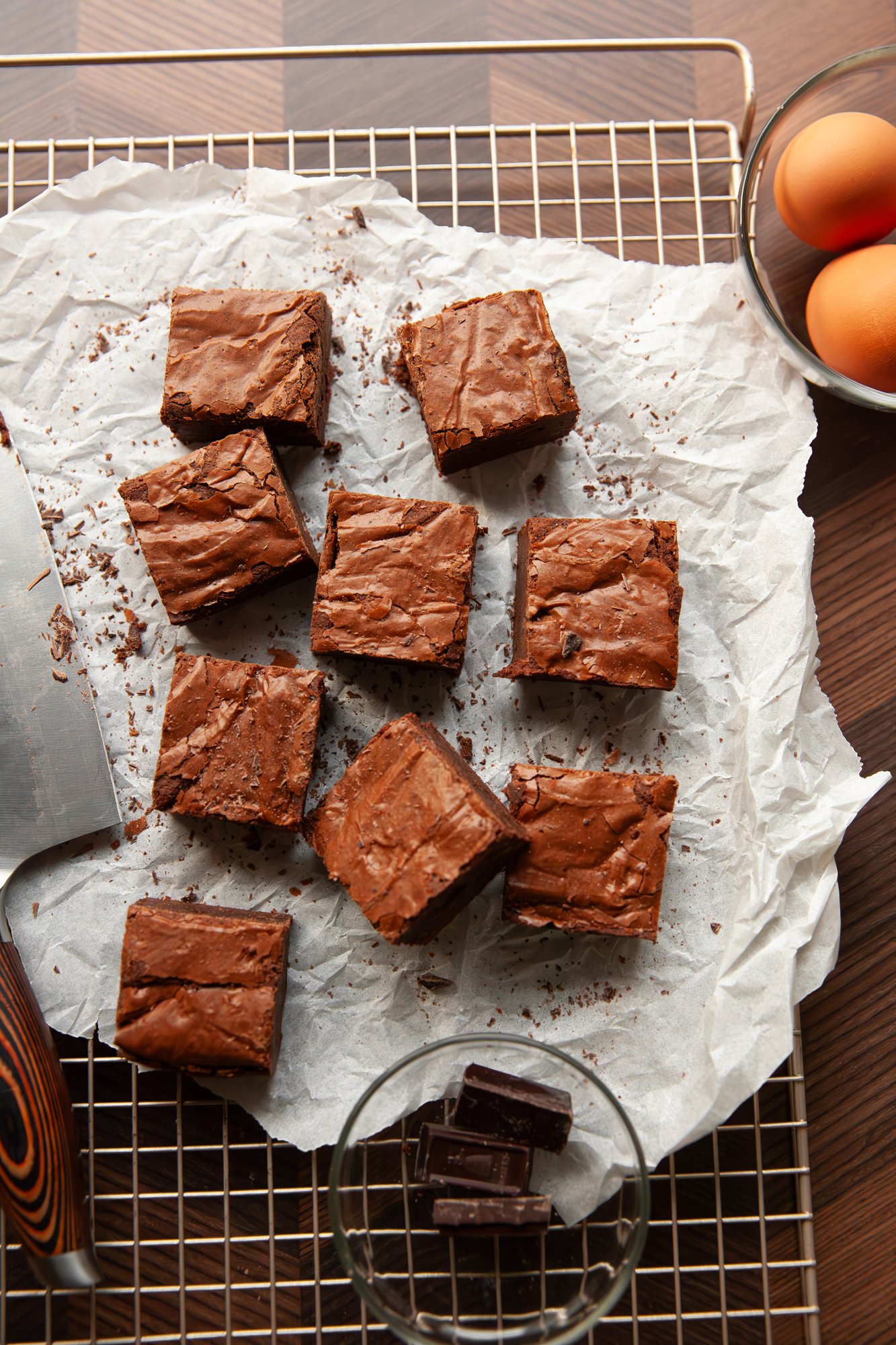Seasonings
for BC Living “From Scratch” Column
March 2025
Over the last few years I’ve made a few seasonings from my cupboard after dehydrating/drying out herbs from my garden, and it fills me with joy. The other day I ran out of Italian seasoning, and when I went to write it on a grocery list, I thought to myself “I have every spice I need to make it”!
So that got me thinking about other seasoning mixes that I make at home instead of buying pre-mixed packets at the store and I realized there are quite a few. So, I present to you: Three Seasoning Mixes to Make at Home.
ITALIAN SEASONING
Some of these spices are totally optional, and I’ve labelled as such – as it is easier to add to the base than it is to take a spice out. I didn’t add garlic powder because I like to add fresh garlic when possible and know the amount going in, but feel free to add it as well. Double, triple etcetera to make a large amount.
INGREDIENTS
- 1 tbsp dried basil
- 1 tbsp dried oregano
- 1 tbsp dried parsley
- 1 tsp dried thyme
- 1 tsp dried sage
- 1 tsp dried marjoram (optional – or add more oregano)
- 1 tsp dried rosemary (optional)
- Other options: garlic powder, fennel seed, red pepper flakes
FAJITA SEASONING
Instead of the packet in the store that comes with things you do not need, try this mix as it can be adjusted for tacos as well. If you want to add some corn starch to the mix when using so it thickens up like the pre-mix does, give that a try. (Double, triple etcetera to make a large amount.)
INGREDIENTS
- 2 tbsp chili powder
- 2 tsp paprika
- 1 tsp garlic powder
- 1 tsp garlic powder
- 1 tsp onion powder
- ½ tsp oregano
- ½ tsp salt and pepper
- Other options: cumin, red pepper flakes, cayenne pepper
PUMPKIN PIE MIX
Obviously, this is great for pumpkin pie itself, but you can sprinkle this on your morning latte, mix it in when you make banana bread, or use it in a smoothie. Get creative! If you prefer the taste of one of the spices over the other, you can adjust the seasoning as you’d like - adding more of the non-cinnamon flavors. (Double, triple etcetera to make a large amount.)
INGREDIENTS
- ¼ cup ground cinnamon
- 1 tbsp ground ginger
- 1 tbsp ground nutmeg
- 1 tbsp ground allspice
- 1 tbsp ground cloves

















